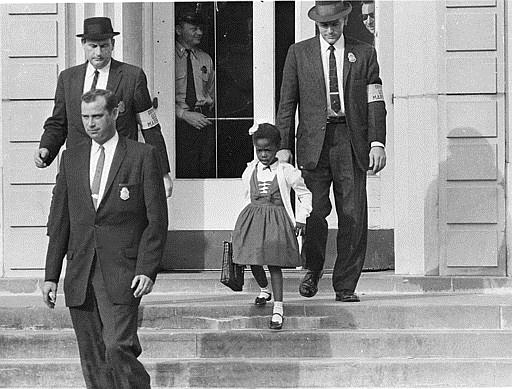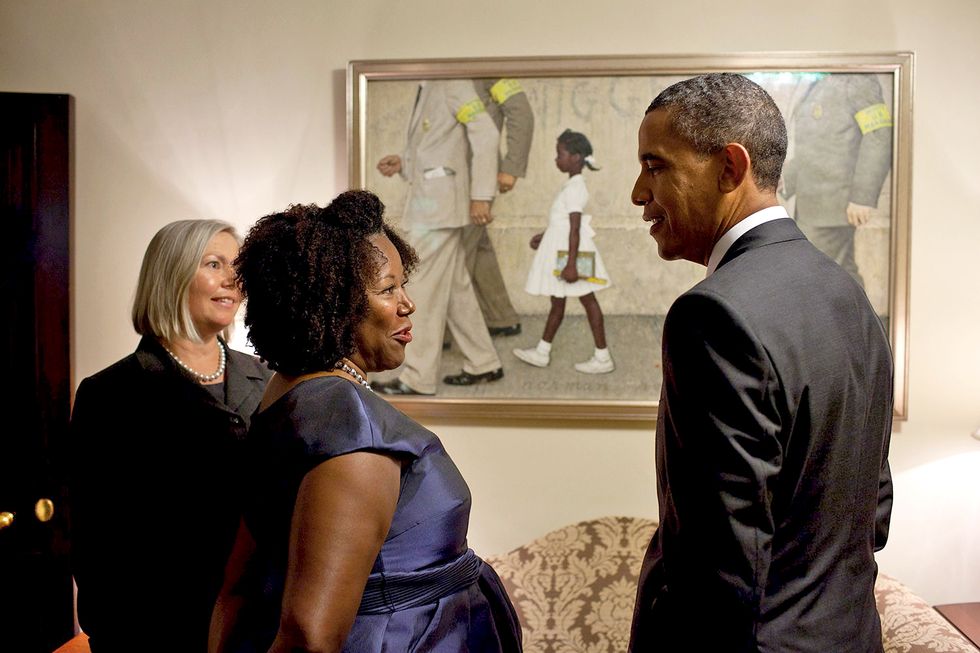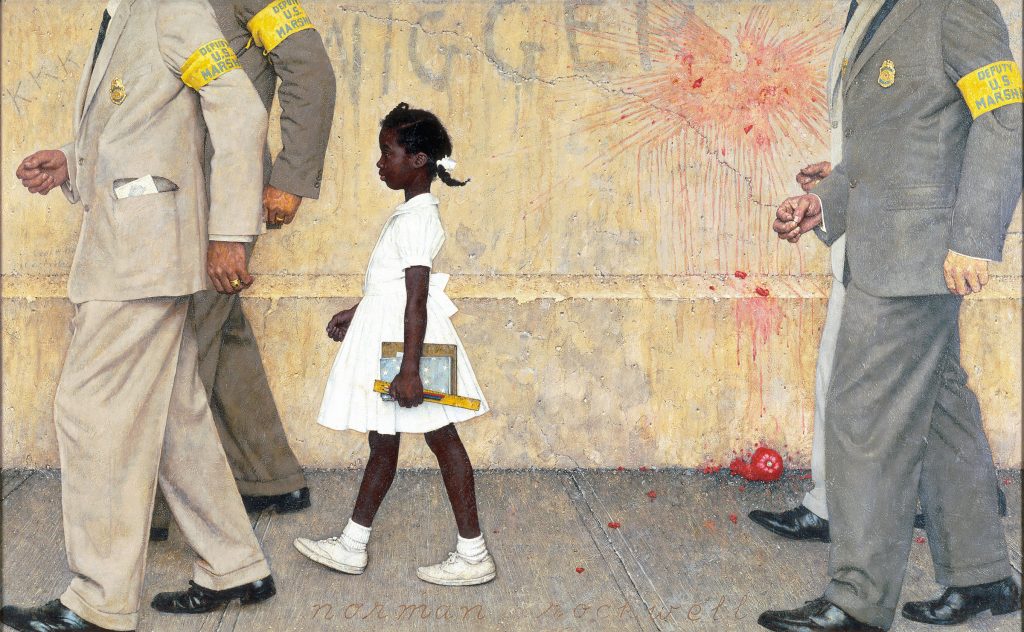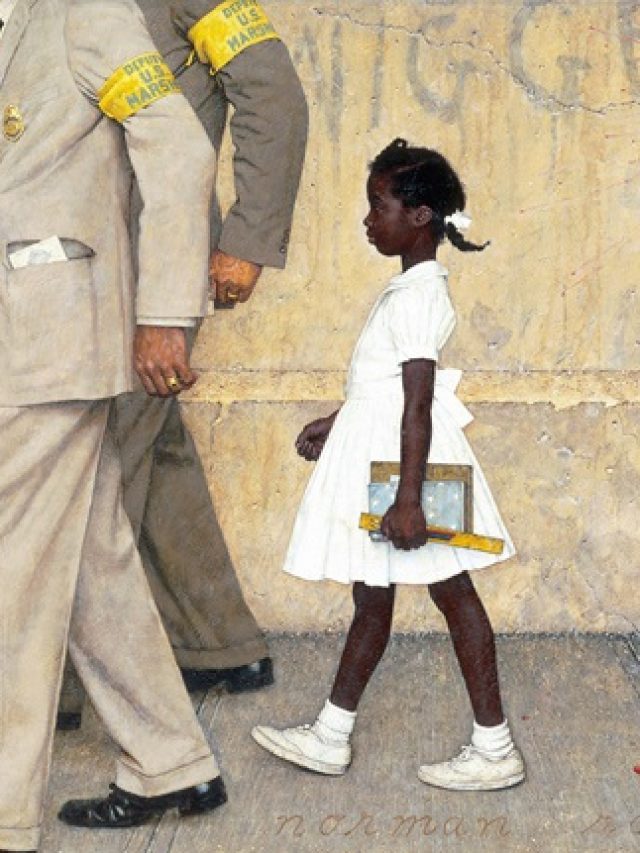American painter and artist Norman Rockwell (1894–1978) is most recognised for his nostalgic and realistic portrayals of American life. On February 3, 1894, he was born in New York City. Rockwell became one of the most well-known and adored American artists during his career, which lasted most of the 20th century. Popular periodicals frequently featured Rockwell’s artwork on their covers; most famously, he made over 300 covers for The Saturday Evening Post. His depictions of family, small-town life, and poignant or humorous events encapsulated the spirit of ordinary American existence.
“Freedom from Want,” a piece from Rockwell’s Four Freedoms series inspired by President Franklin D. Roosevelt’s 1941 State of the Union Address, is among his most well-known works. “Freedom of Worship,” “Freedom from Fear,” and “Freedom of Speech” are the other three paintings in the series.
A narrative quality that frequently exudes optimism and meticulous attention to detail defines Rockwell’s approach. He remains a cherished character in American art despite criticism from certain art reviewers who wrote off his work as sentimental or devoid of social critique. His contributions to American art have been reassessed recently, and his creations are now seen as a crucial component of the nation’s cultural past.
Mass Appeal and Popular Culture
Rockwell possessed a unique talent for evoking the essence of small-town America and portraying commonplace scenes that spoke to many viewers. His art is thought to represent the goals, values, and difficulties faced by Americans in the 20th century. Many people were exposed to Rockwell’s illustrations, which were used on the covers of popular publications, including The Saturday Evening Post. Millions of people could access his art, and his appeal was fueled by his capacity to establish connections with individuals from diverse backgrounds. His pictures ingrained themselves into popular culture in the US.
Many people were moved by Rockwell’s ability to portray universal themes of family, community, and the American dream, even in the face of criticism from some art critics who thought his work was too romantic or devoid of social critique. His paintings are frequently praised for their timeless quality, and his work is still relevant today. During Rockwell’s career, illustration dominated visual communication. Although some reviewers initially disregarded illustration as a lesser art form, Rockwell’s contributions helped establish illustration’s legitimacy as a powerful artistic technique.

Rockwell’s “Four Freedoms” series, inspired by President Franklin D. Roosevelt’s 1941 State of the Union Address, is particularly significant. The series consists of four paintings (“Freedom of Speech,” “Freedom of Worship,” “Freedom from Want,” and “Freedom from Fear”) that encapsulate fundamental human rights. These paintings reflected the values of the time and served as powerful symbols during World War II.
The Problem We All Live With
Norman Rockwell’s “The Problem We All Live With” is a highly recognised and impactful painting. The 1964 picture shows six-year-old African-American Ruby Bridges travelling to a public school in New Orleans that is exclusively for white students during the racial desegregation era. The picture was first published as a centrefold in Look magazine’s January 14, 1964 edition.
The image’s focal point is Ruby Bridges, holding her schoolbooks and dressed in white. She is seen being led by four U.S. Marshals while walking stoically. The painting’s background, which depicts a wall covered in profanity and a splattered tomato, alludes to the bigotry and animosity Ruby encountered when she assimilated into the previously all-white school. The four U.S. Marshals encircling Ruby stand in for the necessary government action to uphold the desegregation judgement and safeguard African-American pupils enrolled in historically all-white schools.

To highlight Ruby’s diminutive size and the significant, menacing U.S. Marshals figures, Rockwell purposefully opted to draw attention to how vulnerable a young child is in the face of racial hatred. Although Rockwell is frequently linked to romanticised and nostalgic portrayals of American life, “The Problem We All Live With” stands out as a divergence from his typical subjects. The artwork serves as a potent remark on the racial unrest and civil rights movements of the 1960s.
The picture became well-known for its vivid and moving depiction of African-American schoolchildren’s racial difficulties during desegregation. Since then, it has evolved into a depiction of the civil rights struggle and a timeless symbol of the bravery and tenacity of people like Ruby Bridges.
The picture is a powerful representation of the social and political context of the period since it tackles the issues of racial integration resistance and school desegregation. Ruby Bridges, a little African American girl, is the main character, and Rockwell humanises the fight for civil rights. The naivete and fragility of a six-year-old girl confronting bigotry and hatred underscores the unfairness of segregation and the bravery needed to oppose it.
The profanity and the smeared tomato on the wall behind Ruby Bridges represent the bigotry and discrimination she encountered. By bravely presenting these aspects, Rockwell challenges the audience to consider the adverse effects of racial hatred and forces them to face the terrible reality of discrimination. A particular point in the civil rights movement is depicted in the picture, which is a historical record. As a visual documentation of the obstacles African-American students had to overcome to obtain equal access to school, it is an essential artefact for comprehending the difficulties of that period.
Rockwell is well-known for his romanticised and frequently nostalgic portrayals of American life; “The Problem We All Live With” is a break from his usual subjects. The artwork refutes the idea that the artist was only interested in depicting beautiful vistas; instead, it shows the artist’s versatility and willingness to interact with critical social issues. The picture has spurred discussions concerning justice, equality, and racism. It still sparks conversations on how art may address social challenges and how artists must work on significant subjects.







